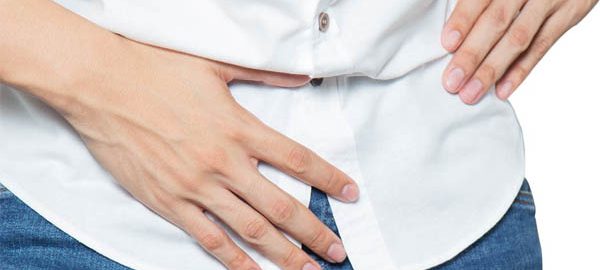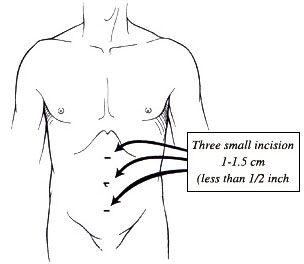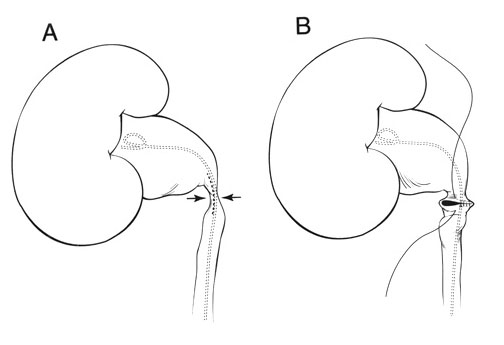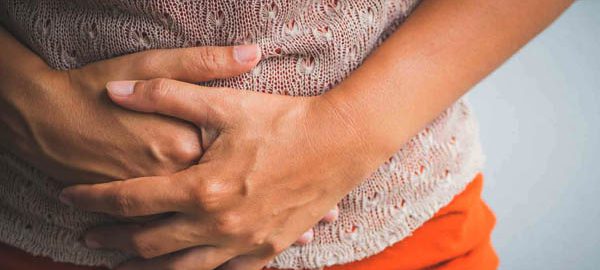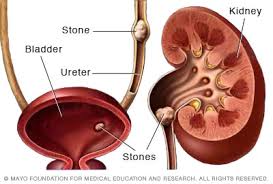Symptoms and diagnosis of kidney stones in children
Kidney stones are said to be able to hurt like childbirth, although at the moment, theirs is that births do not hurt. We are used to seeing them in adults, but in the pediatric age, they can also be seen. We talk about kidney stones. Next, we will reveal some of its characteristics.
Why kidney stones appear in children
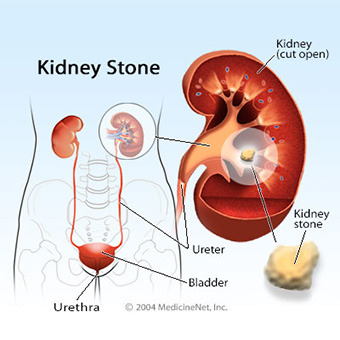
Regarding its origin, there are calculations that appear spontaneously, others are secondary to abnormalities in the shape of the urinary tract, infections or metabolic disorders (among them, idiopathic hypercalciuria stands out, an entity that presents with an increase in the excretion of calcium in the urine). Obesity, sedentary lifestyle and heat (especially if the child does not adequately replenish the losses of fluids by sweating with water) favor their appearance.
Up to 50% of cases, there is a family component. That is, some component of the family has had some similar problem.
Symptoms, diagnosis, and treatment of kidney stones in childhood
From a clinical point of view, the most important manifestation is the pain. It is a very intense pain, located on both sides, and radiating to the abdomen. It is described as ‘exasperating’ (the child changes incessantly from a position), and associates with a vegetative procession of vomiting and cold sweat. The movement of the stone produces small erosions on the renal path, so the child bleeds. This bleeding is often evident in the urine.
The diagnosis can be established by the kidney hospital in Palam, West Delhi, and to document it we can resort to a urinalysis (in which we will see an increased number of red blood cells) and an imaging test (ultrasound, abdominal x-ray or tomography).
For kidney stone treatment, it is essential to hydrate the child (orally or intravenously, if he is very nauseous) and provide analgesia. In complex cases, before voluminous calculations, it is necessary to resort to surgery by the urologist in West Delhi. The calculations secondary to specific metabolic diseases require an individualized preventive kidney stone treatment in Uttam Nagar, West Delhi.


